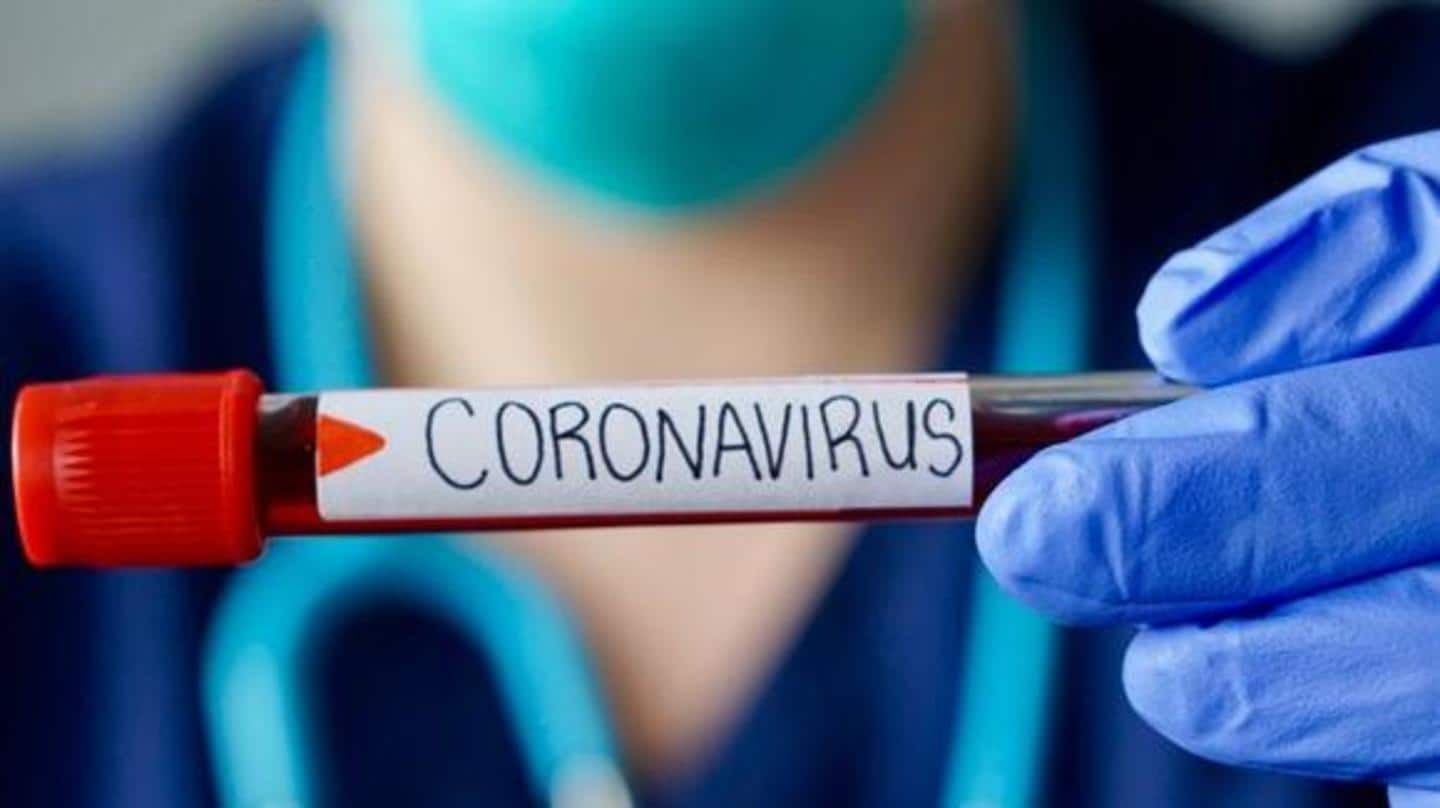
Holding breath may increase risk of getting COVID-19: IIT Madras
What's the story
Researchers at the Indian Institute of Technology (IIT) Madras have found that holding breath may increase the risk of getting COVID-19 infection. The researchers modeled breathing frequency in a laboratory to understand how the rate of flow of droplet laden with virus determines deposition in the lungs. The findings of the study have been published in the international reputed peer-reviewed journal Physics of Fluids.
Study
Multi-scale lung structure affects a person's susceptibility to COVID-19
According to the team, they modeled the breathing frequency and found that low breathing frequency raises the time of residence of the virus and increases chances of disposition and infection. The multi-scale lung structure has a significant effect on a person's susceptibility to COVID-19. "Our study unravels the mystery behind how particles are transported and deposited in the deep lung," the team said.
Quote
Study demonstrates physical process of transmission of aerosol particles
"The study demonstrates the physical process by which aerosol particles are transported into the deep generations of the lung," said Mahesh Panchagnula, Professor at Department of Applied Mechanics, IIT Madras.
Study
Study done to develop better therapies, drugs for respiratory infections
Professor Panchagnula further said that they have found that holding the breath and having a low breathing rate can increase the chances of the virus deposition in the lungs. The study was conducted to pave the way for developing better therapies and drugs for respiratory infections. The other members of the team included research scholars Arnab Kumar Mallik and Soumalya Mukherjee, IIT Madras.
Reynolds Number
The researchers also studied the 'Reynolds Number'
The researchers studied the 'Reynolds Number,' a parameter that quantifies the nature of flow - steady or turbulent - and determines the deposition in the capillaries. "They found that when the flow of aerosol movement is steady, the particles deposit via the process of diffusion. However, if the flow is turbulent, then the particles deposit via the process of impaction," Panchagnula said.
Quote
Important to understand how virus-laden droplets reach the lungs
"The team intends to continue this work to understand how the virus-laden droplets are transported into the lungs as the process is still unknown. An understanding of the physics of this phenomenon could be crucial in mitigating the progression of the disease," Panchagnula added.